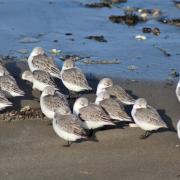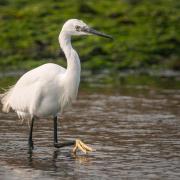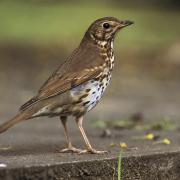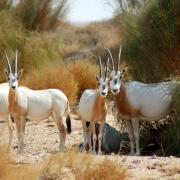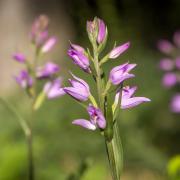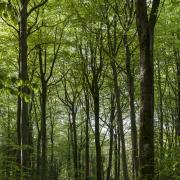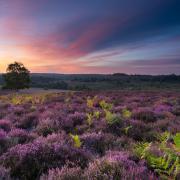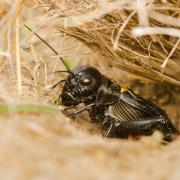Sitting on motorway lampposts, gliding over hilltops and sometimes beating a hasty retreat, our buzzards are back… Sue Bromley finds out more
They can sound like a mewling cat, swoop down from their showing off in the skies as apparently ferocious predators, but are often seen scuttling away when harassed by crows or even smaller spirited birds.
Buzzards, once a rare sight in Hampshire, are now a success story as breeding pairs have rapidly spread across the county since the 1990s. The Common Buzzard, Buteo buteo to give the bird its scientific title, is finally living up to its name.
In the UK they were virtually confined to the most western parts by 1875, courtesy of mass killings on estates and in the countryside. The two world wars, with less hunting, allowed them to get going again but both the loss of rabbits to myxomatosis and the introduction of some pesticides soon saw them in rapid decline again.
The withdrawal of the dangerous pesticides, and a more enlightened approach by gamekeepers, gave them a chance – and the buzzards took it. By the turn of this century they were once again recorded in every UK county.
In the spring they entered the main breeding period, which begins with those fantastic aerial displays before the female lays two to four eggs in a treetop nest in April. Just over a month later they start to hatch. At this time of year you may well see juvenile buzzards trying to find their own place in the Hampshire skies. Not all will survive, but those that do provide a story of an intriguing lifecyle.
Now author Peter Dare has turned a lifetime fascination into ‘The Life of Buzzards’, an excellent read for both us amateur enthusiasts who sometimes marvel at the birds from our gardens, to ornithologists who have developed a more intense interest.
For the first time, population activities are followed through successive seasonal stages of their life cycle. These include the vital and inter-related aspects of buzzard territories and social behaviour, diets and hunting methods, food requirements, prey abundance and breeding success, survival and life spans and how buzzard numbers and distribution have changed, particularly in relation to the influence of man.
The book also demonstrates how well buzzards have adapted to living in our modern and rapidly-changing landscapes, constantly adapting their habits in response to prey resources and environmental conditions.
In the book’s first section, The Year of the Buzzard, the sequential changes in the composition and behaviour of a Buzzard community, their seasonal patterns of food habits and hunting methods, their breeding season from courtship until fledging of broods and their subsequent dispersal are outlined.
The second section, Special Topics, provides greater detail of six key aspects of their ecology: Territory; Energy and Food Needs; Predation; Food Supply and Breeding Success; Demography and Population Dynamics; and Changes in Buzzard Abundance.
As we said, attitudes to buzzards have changed and buzzards have been spotted all over the county since their reintroduction in the 1990s. Among the places they are regularly seen are: Itchen Valley Country Park, West End, Baddesley Common, Farlington Marshes, Blashford Lakes, Bolderwood, Southampton Airport.
Did you know
The oldest wild buzzard known was 25 years old, but most live for around eight years. Many young buzzards die before they reach the breeding age of three, mostly from starvation.
***
READ ON
• Why the heathland of Hampshire needs protecting - Hampshire may have more heathland than any other English county, but now it needs protecting to preserve it for future generations to enjoy says Clive Chatters, Head of Conservation at the Hampshire and Isle of Wight Wildlife Trust
• Why sharing our neighbourhoods with wildlife is important for the development and growth of local species’ - Whether your outside space is vast or small, you can do your bit to make it wildlife friendly says Debbie Dawkins from the Wildlife Trust






